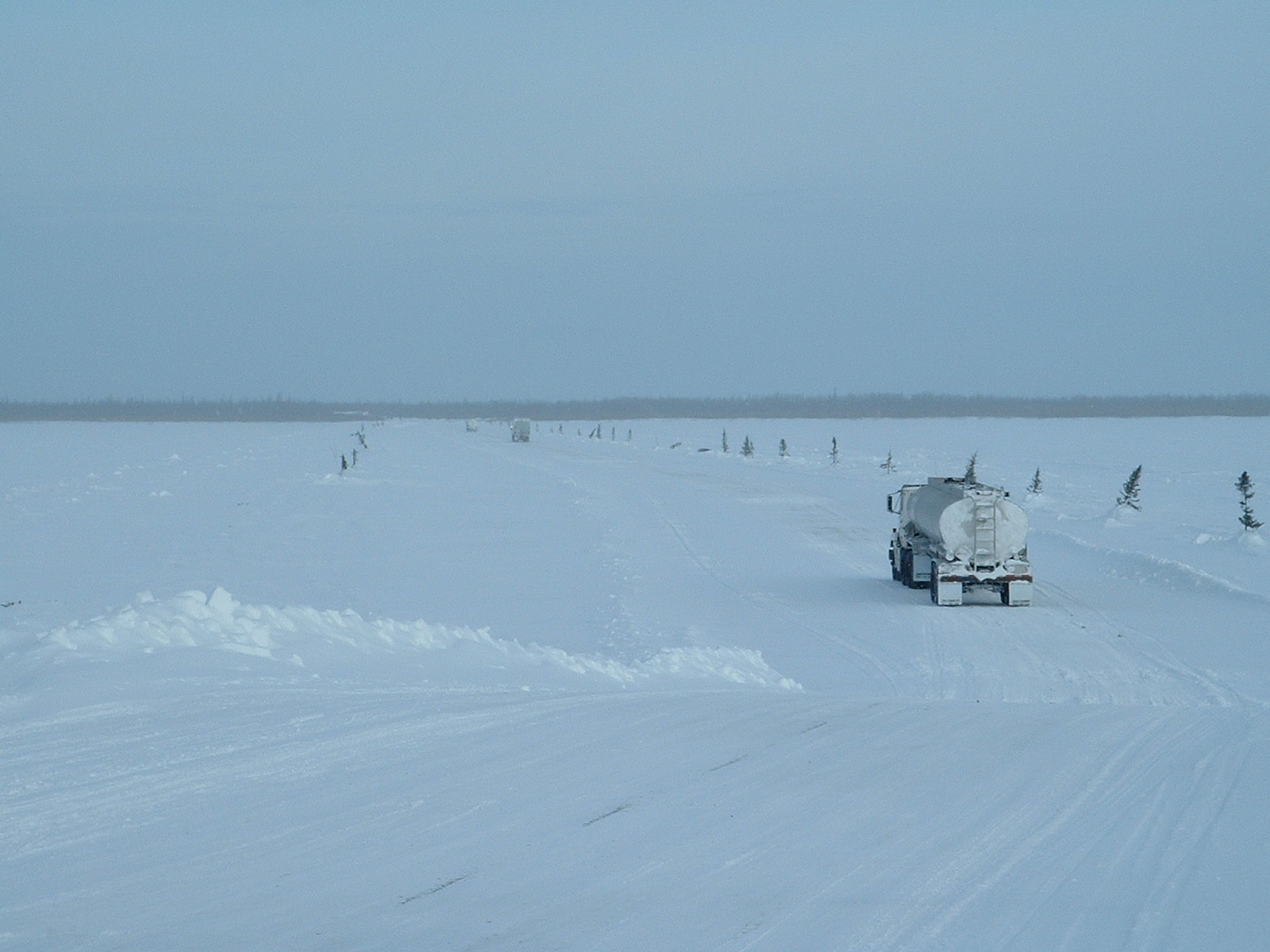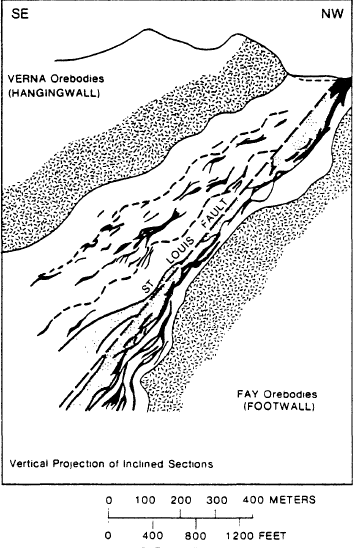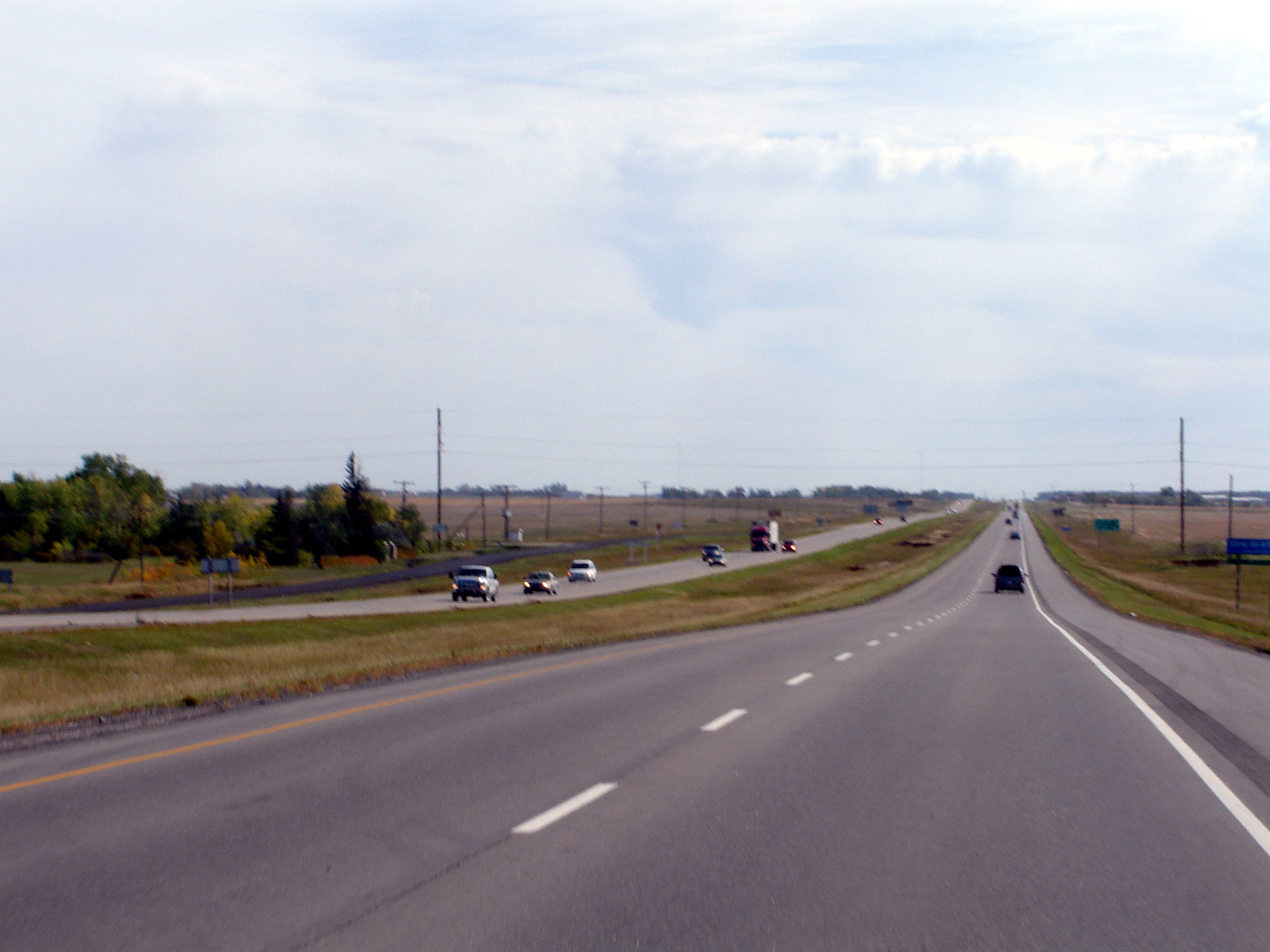|
Saskatchewan Highway 962
Highway 962 is an isolated provincial highway in the far north part of the Canadian province of Saskatchewan. For part of the year the highway is not connected to any other highway in the province, but during the winter months a winter road forms across Lake Athabasca, connecting to Highway 962 and allowing access to Fond-du-Lac and other communities to the east. It is about long. Highway 962 starts where the Uranium City Winter Road ends at Lake Athabasca, about from the nearest major settlement, Fort McMurray, Alberta. It then passes through the communities of Uranium City and Eldorado before terminating at a dead end near Beaverlodge Lake. Major intersections See also *Roads in Saskatchewan *Transportation in Saskatchewan References {{Authority control 962 Year 962 ( CMLXII) was a common year starting on Wednesday (link will display the full calendar) of the Julian calendar. Events By place Byzantine Empire * December – Arab–Byzanti ... [...More Info...] [...Related Items...] OR: [Wikipedia] [Google] [Baidu] |
Lake Athabasca
Lake Athabasca (; French: ''lac Athabasca''; from Woods Cree: , "herethere are plants one after another") is located in the north-west corner of Saskatchewan and the north-east corner of Alberta between 58° and 60° N in Canada. The lake is 26% in Alberta and 74% in Saskatchewan. History The name in the Dene language originally referred only to the large delta formed by the confluence of the Athabasca River at the southwest corner of the lake. Prior to 1789, Sir Alexander Mackenzie explored the lake. In 1791, Philip Turnor, cartographer for the Hudson’s Bay Company, wrote in his journal, "low swampy ground on the South side with a few willows growing upon it, from which the Lake in general takes its name Athapison in the Southern Cree tongue which signifies open country such as lakes with willows and grass growing about them". Peter Fidler originally recorded the name for the river in 1790 as ''the Great Arabuska''. By 1801, the name had gained a closer spelling to the ... [...More Info...] [...Related Items...] OR: [Wikipedia] [Google] [Baidu] |
Beaverlodge Lake
Beaverlodge Lake is a remote lake in northern Saskatchewan, Canada, located east of Uranium City. Road access is provided by Highway 962. The former Eldorado town site is on the lake and there has been extensive uranium exploration in the surrounding area. Islands A number of islands are located in the lake, including: * Hofer Island * Lenz Island * Todd Island * Umisk Island See also *List of lakes of Saskatchewan This is a list of lakes of Saskatchewan, a province of Canada. The largest and most notable lakes are listed at the start, followed by an alphabetical listing of other lakes of the province. Larger lake statistics "The total area of a lak ... References Lakes of Saskatchewan {{Saskatchewan-geo-stub ... [...More Info...] [...Related Items...] OR: [Wikipedia] [Google] [Baidu] |
Numbered Highways In Canada
Numbered highways in Canada are split by province, and a majority are maintained by their province or territory transportation department. All highways in Canada are numbered except for three in the Northwest Territories, one in Alberta, one in Ontario, and one in Quebec. Ontario's 7000 series are not marked with their highway number but have been assigned one by the Ministry of Transportation. A number of highways in all provinces are better known locally by their name rather than their number. Some highways have additional letters added to their number: A is typically an alternate route, B is typically a business route, and other letters are used for bypass (truck) routes, connector routes, scenic routes, and spur routes. The territory of Nunavut has no highways. Classifications This is a breakdown of the classifications of highways in each province, and an example shield of each classification where available. Trans-Canada The Trans-Canada Highway crosses all provinces o ... [...More Info...] [...Related Items...] OR: [Wikipedia] [Google] [Baidu] |
Provinces And Territories Of Canada
Within the geographical areas of Canada, the ten provinces and three territories are sub-national administrative divisions under the jurisdiction of the Canadian Constitution. In the 1867 Canadian Confederation, three provinces of British North America—New Brunswick, Nova Scotia, and the Province of Canada (which upon Confederation was divided into Ontario and Quebec)—united to form a federation, becoming a fully independent country over the next century. Over its history, Canada's international borders have changed several times as it has added territories and provinces, making it the world's second-largest country by area. The major difference between a Canadian province and a territory is that provinces receive their power and authority from the ''Constitution Act, 1867'' (formerly called the ''British North America Act, 1867''), whereas territorial governments are creatures of statute with powers delegated to them by the Parliament of Canada. The powers flowing from t ... [...More Info...] [...Related Items...] OR: [Wikipedia] [Google] [Baidu] |
Saskatchewan
Saskatchewan ( ; ) is a Provinces and territories of Canada, province in Western Canada, western Canada, bordered on the west by Alberta, on the north by the Northwest Territories, on the east by Manitoba, to the northeast by Nunavut, and on the south by the United States, U.S. states of Montana and North Dakota. Saskatchewan and Alberta are the only landlocked provinces of Canada. In 2022, Saskatchewan's population was estimated at 1,205,119. Nearly 10% of Saskatchewan’s total area of is fresh water, mostly rivers, reservoirs and List of lakes in Saskatchewan, lakes. Residents primarily live in the southern prairie half of the province, while the northern half is mostly forested and sparsely populated. Roughly half live in the province's largest city Saskatoon or the provincial capital Regina, Saskatchewan, Regina. Other notable cities include Prince Albert, Saskatchewan, Prince Albert, Moose Jaw, Yorkton, Swift Current, North Battleford, Melfort, Saskatchewan, Melfort, and ... [...More Info...] [...Related Items...] OR: [Wikipedia] [Google] [Baidu] |
Winter Road
A winter road is a seasonal road only usable during the winter, i.e. it has to be re-built every year. This road typically runs over land and over frozen lakes, rivers, swamps, and sea ice.Proskin et al, 2011. Guidelines for the Construction and Operation of Winter Roads, Transportation Association of Canada.- IHSA, 2014. Best practices for building and working safely on ice covers in Ontario, Mississauga, Ontario, 43 p.- NorthWest Territories Transportation, 2015. Guidelines for safe ice construction, Yellowknife, NWT, Canada, 44 p.Spencer, P.A., Strandberg, A.G. and Maddock, W.A., 2008. Ice and toundra road design for module transport, Proceedings of the 8th International Conference on Ships and Marine Structures in Cold Regions (ICETECH), Banff. Segments of a winter road that cross an expanse of floating ice are also referred to as an ice road or an ice bridge. The foundations underlying over-land segments is most often native soil or muskeg frozen to a given depth, and local ... [...More Info...] [...Related Items...] OR: [Wikipedia] [Google] [Baidu] |
Fond-du-Lac, Saskatchewan
Fond du Lac Dene Nation ( chp, Gánį Kóé) is a Dene First Nation located in the boreal forest area of northern Saskatchewan, Canada. The main settlement is Fond-du-Lac, situated on the east side of Lake Athabasca. It is a remote fly-in community. The population in 2011 was 874, mainly of Dene and Métis descent. 705 residents selected Dene as their mother tongue in 2011. Fond du Lac is a geographic name meaning "far end of the lake" in the French language (literally it translates as "bottom of the lake"). History Founded as a community over 150 years ago, by Denesuline First Nations in pursuit of furs, fishing, hunting and trapping the community has seen little changes. Many in the community can trace their ancestral roots to the early 19th century. "Living off the land" is still a way of life in Fond-du-Lac. Many of the residents are descendants of the Maurice's Band who signed an adhesion to Treaty 8 in 1899. The Maurice's Band (Chief Maurice Piche's Band) split in 194 ... [...More Info...] [...Related Items...] OR: [Wikipedia] [Google] [Baidu] |
Uranium City
Uranium City is a northern settlement in Saskatchewan, Canada. Located on the northern shores of Lake Athabasca near the border of the Northwest Territories, it is above sea level. The settlement is northwest of Prince Albert, northeast of Edmonton and south of the Northwest Territories-Saskatchewan boundary. For census purposes, it is located within the province's Division No. 18 territory. History In 1949, athabascaite was discovered by S. Kaiman while he was researching radioactive materials around Lake Athabasca near Uranium City. In 1952, the provincial government decided to establish a community to service the mines in the Beaverlodge uranium area developed by Eldorado Mining and Refining, a federal crown corporation. In 1954, the local newspaper, ''The Uranium Times'', noted that 52 mines were operating and 12 open-pit mines were next to Beaverlodge Lake. Initially, most of the residences in Uranium City were simply tents. Some of the mines operating in the are ... [...More Info...] [...Related Items...] OR: [Wikipedia] [Google] [Baidu] |
Fort McMurray
Fort McMurray ( ) is an urban service area in the Regional Municipality of Wood Buffalo in Alberta, Canada. It is located in northeast Alberta, in the middle of the Athabasca oil sands, surrounded by boreal forest. It has played a significant role in the development of the national petroleum industry. The 2016 Fort McMurray wildfire led to the evacuation of its residents and caused widespread damage. Formerly a city, Fort McMurray became an urban service area when it amalgamated with Improvement District No. 143 on April 1, 1995, to create the Municipality of Wood Buffalo (renamed the RM of Wood Buffalo on August 14, 1996). Despite its current official designation of urban service area, many locals, politicians and the media still refer to Fort McMurray as a city. Fort McMurray was known simply as McMurray between 1947 and 1962. History Before the arrival of Europeans in the late 18th century, the Cree were the dominant First Nations people in the Fort McMurray area. T ... [...More Info...] [...Related Items...] OR: [Wikipedia] [Google] [Baidu] |
Alberta
Alberta ( ) is one of the thirteen provinces and territories of Canada. It is part of Western Canada and is one of the three prairie provinces. Alberta is bordered by British Columbia to the west, Saskatchewan to the east, the Northwest Territories (NWT) to the north, and the U.S. state of Montana to the south. It is one of the only two landlocked provinces in Canada (Saskatchewan being the other). The eastern part of the province is occupied by the Great Plains, while the western part borders the Rocky Mountains. The province has a predominantly continental climate but experiences quick temperature changes due to air aridity. Seasonal temperature swings are less pronounced in western Alberta due to occasional Chinook winds. Alberta is the fourth largest province by area at , and the fourth most populous, being home to 4,262,635 people. Alberta's capital is Edmonton, while Calgary is its largest city. The two are Alberta's largest census metropolitan areas. More tha ... [...More Info...] [...Related Items...] OR: [Wikipedia] [Google] [Baidu] |
Eldorado, Saskatchewan
Eldorado is a former mining community turned ghost town located on Beaverlodge Lake in northern Saskatchewan, Canada. Its original name was Beaverlodge. Eldorado and nearby Uranium City are along Saskatchewan Highway 962, an isolated stretch of highway. History After uranium was discovered in the Beaverlodge District in 1946, Eldorado Mining and Refining established Eldorado as a community to house its miners, their families, and related workers. By 1951, the community of Eldorado had a population of 184. Eldorado Mining and Refining opened the Beaverlodge Mine in 1953. The Eldorado Company's major production came from the Fay-Ace-Verna mine shafts, mostly from uranium deposits located in the Archaen Tazin Group. The deposits are found within the footwall and hanging wall of the St. Louis fault. Eldorado had a one-room school that taught students through to grade six, after which they were transported to Uranium City. The first post office was established in 1953 with Jo ... [...More Info...] [...Related Items...] OR: [Wikipedia] [Google] [Baidu] |
Roads In Saskatchewan
Saskatchewan, the middle of Canada's three prairie provinces, has an area of and population of 1,150,632 (according to 2016 estimates), mostly living in the southern half of the province. Currently Ministry of Highways and Infrastructure operates over 26,000 km of highways and divided highways, over 800 bridges, 12 separate ferries, one barge. There are also municipal roads which comprise different surfaces. Asphalt concrete pavements comprise almost 9,000 km, granular pavement almost 5,000 km, non structural or thin membrane surface TMS are close to 7,000 km and finally gravel highways make up over 5,600 km through the province. TMS roads are maintained by the provincial government department: Saskatchewan Highways and Transportation. In the northern sector, ice roads which can only be navigated in the winter months comprise another approximately 150 km of travel. Dirt roads also still exist in rural areas and would be maintained by the local resi ... [...More Info...] [...Related Items...] OR: [Wikipedia] [Google] [Baidu] |


.jpg)



